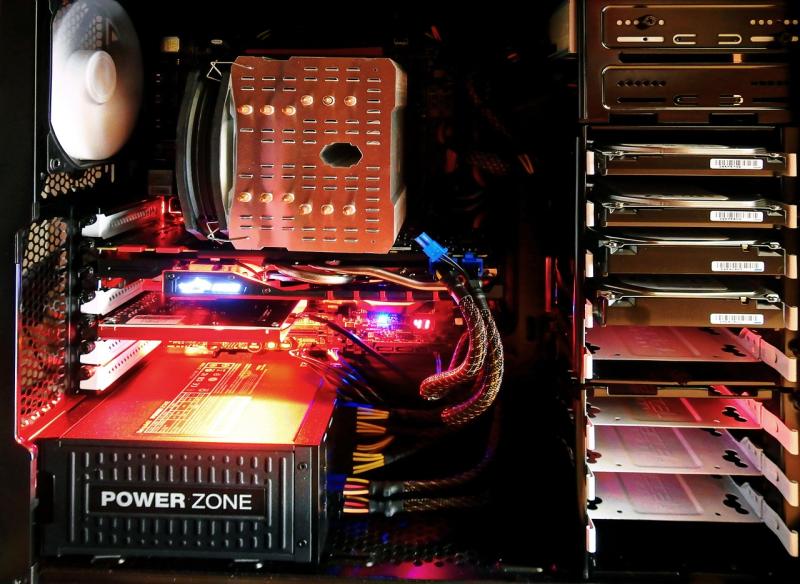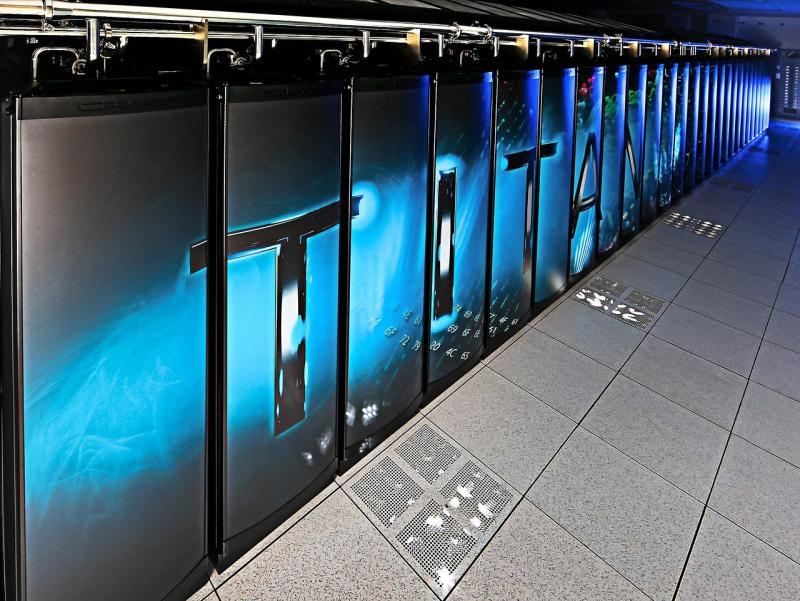Building your own custom PC is an empowering journey that allows you to tailor your computer to your needs and preferences. In this guide, we break down the entire process—from selecting compatible components to assembling and troubleshooting—to help beginners create a system that excels in performance and longevity.
### Planning Your Build
Before diving into component shopping, define your primary use—be it gaming, workstations, or a multipurpose rig. Establish a budget, and create a checklist that covers:
- **Performance Requirements:** Identify which applications and tasks will be the most demanding.
- **Future-Proofing Needs:** Consider systems that allow easy upgrades.
- **Aesthetic Preferences:** Decide if you want customizable lighting, tempered glass panels, or a minimalist look.
### Key Components
- **Processor (CPU):**
Choose a multi‑core CPU (Intel Core i5‑i9 or AMD Ryzen 5‑9) based on your performance needs. For high‑end gaming or productivity tasks, models offering high clock speeds and multiple cores are ideal.
- **Graphics Card (GPU):**
For gamers and creative professionals, a dedicated GPU (NVIDIA GeForce RTX or AMD Radeon RX) is crucial to handle intensive rendering and real‑time visual tasks.
- **Memory (RAM):**
Aim for at least 16GB for standard tasks; 32GB or more is recommended for gaming and professional workloads. Decide between DDR4 for cost‑efficiency or DDR5 for future‑proofing.
- **Storage:**
Integrate a fast NVMe SSD for the operating system and active projects, supplemented by larger SATA SSDs or HDDs for archival storage.
- **Motherboard:**
Select a motherboard that supports your chosen processor and offers sufficient PCIe slots, USB ports, and expandability for future upgrades.
- **Power Supply & Cooling:**
Choose an 80 PLUS certified power supply and design your cooling strategy (high‑performance air cooling or custom liquid cooling) based on your system’s heat output.
### Assembly and Optimization
Follow proper static protection guidelines, and use quality tools for a secure assembly. Once built:
- Install a clean operating system.
- Update all drivers and BIOS firmware.
- Optimize settings (like memory timings and fan curves) to ensure stable performance.
### Conclusion
Building a custom PC allows you to control every aspect of your system, resulting in better performance, easier upgrades, and a personalized computing experience. With a clear plan, careful component selection, and attentive assembly, you’ll have a custom rig that not only meets your needs today but is ready to evolve with your future demands.
**SEO Keywords:**
custom PC build, beginner PC guide, build your own computer, DIY PC assembly, custom gaming PC, professional workstation build, upgradeable PC, PC building checklist, PC component tips, step‑by‑step custom PC
View our related products
See more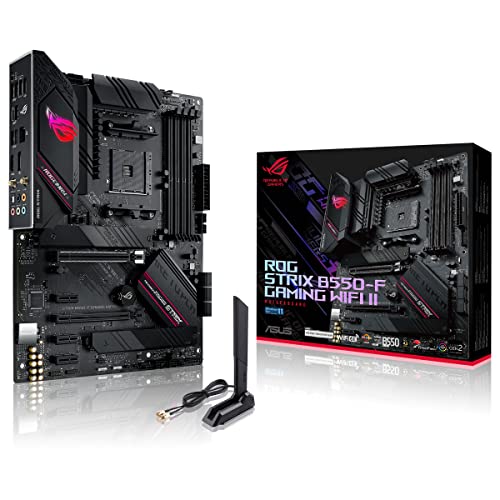
ASUS ROG Strix B550-F Motherboard
Asus
Product Review Score
4.48 out of 5 stars
227 reviews$189.99 $149.99
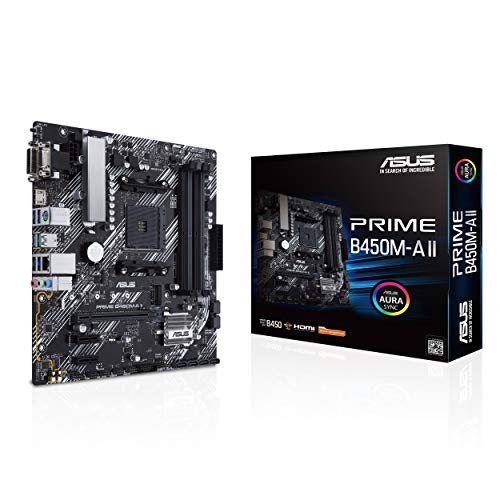
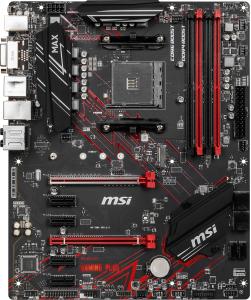
MSI B450 Gaming Max Motherboard
Msi
Product Review Score
4.44 out of 5 stars
50 reviews$114.99 $109.99
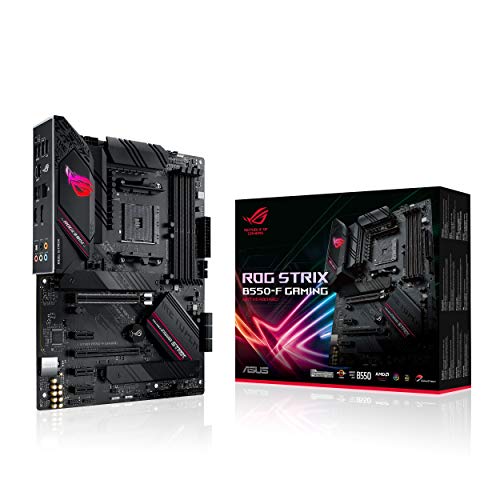
ASUS ROG Strix B550-F Motherboard
Asus
Product Review Score
4.41 out of 5 stars
170 reviews$159.99 $149.99
Building a Custom PC: A Comprehensive Guide for Beginners
Related Articles
Essential High-Performance PC Components You Need Now
Upgrade your setup with the must-have parts for unbeatable gaming and productivity
Top Picks for Best High-Performance PCs
Find the perfect power machine for gaming, work, or creative projects
Your Guide to the Best High-Performance PCs
Find the Right PC for Your Gaming and Creative Needs
View our related products
See more
ASUS ROG Strix B550-F Motherboard
Asus
Product Review Score
4.48 out of 5 stars
227 reviews$189.99 $149.99


MSI B450 Gaming Max Motherboard
Msi
Product Review Score
4.44 out of 5 stars
50 reviews$114.99 $109.99

ASUS ROG Strix B550-F Motherboard
Asus
Product Review Score
4.41 out of 5 stars
170 reviews$159.99 $149.99
